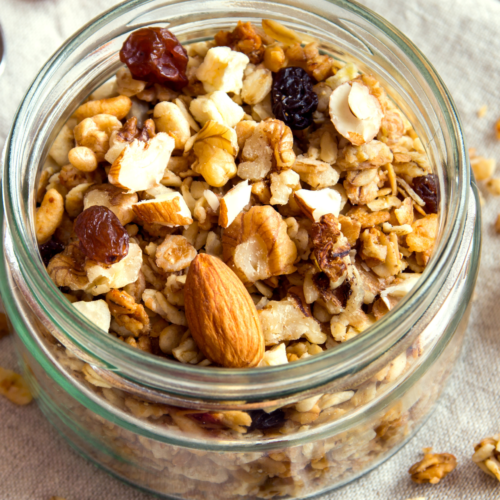Mesquite Flour
My friend Misty recently asked me, “What do you know about mesquite flour?” Mesquite (genus Prosopis) is a deciduous, leguminous tree that thrives in Texas and Mexico, extending as far north as Kansas and westward to Southern California. While many use the wood to impart a flavorful smoke to barbecued meats, mesquite also serves another purpose.
Before moving to Texas, I had heard of people using mesquite flour, which is high in protein and fiber, and was originally part of the Native American diet among Southwestern tribes. Further research revealed that mesquite flour boasts a favorable nutritional profile, rich in calcium, manganese, iron, zinc, and the amino acid lysine. Its high soluble fiber content and low glycemic index make it a potentially good option for diabetics, despite its reported sweet flavor.
Traditionally consumed by the Pima Indians, mesquite flour’s decline in their diet is linked to a rise in diabetes cases among them. A study published in the American Journal of Clinical Nutrition suggested that the slow digestion and absorption of starch in traditional foods helped protect susceptible populations from diabetes. These foods included corn, lima beans, white and yellow teparies, mesquite, and acorns. Additionally, an ethnobotanical study highlighted in the Journal of Ethnopharmacology noted mesquite's potential for diabetes treatment.
Given its leguminous nature, mesquite flour lacks gluten, making it suitable for quick breads, cakes, muffins, and cookies rather than yeasted bread. Moreover, the flowers of the mesquite tree are attractive to bees, leading to the production of flavorful mesquite honey, which you can find online along with recipes for using mesquite flour. It seems somewhat similar to another legume flour, carob, which I’ve discussed previously; both are sweet, high in fiber, and provide good protein content.
Hawthorn for Health
In another inquiry, Karen asked, “What do you think about using hawthorn berries to help prevent the flu?” While I’m not an herbalist, I did some digging and can share my insights.
Hawthorn (Crataegus monogyna) is a small tree or shrub predominantly found in Europe, Asia, and Africa. Often grown as a hedge, its leaves are edible in salads, and the fruits (berries, known as haws) are commonly used in jams, jellies, syrups, or to flavor brandy for liqueur. Hawthorn’s herbal properties are known to be cardiac, astringent, and diuretic, with the blossoms and berries being the most utilized parts. It’s primarily effective for lowering high blood pressure, aiding diarrhea, and promoting cardiac health. However, I could not find specific information on using hawthorn berries or their powder as a flu preventative.
To avoid the flu, the best methods remain the obvious ones: wash your hands frequently with soap (especially monitoring small kids who may skip the soap), avoid contact with anyone infected, and consume immune-boosting foods like garlic, ginger, cayenne, and vitamin C.
As an interesting side note, I learned that the oldest known hawthorn, the Hethel Old Thorn, is reputed to be over 700 years old and is located in Norfolk, East Anglia, United Kingdom.
 Those inventive folks over at Craftzine.com have come up with a new twist on the, by now, ubiquitous no-knead bread. Laura, one of the Editorial Assistants, found my post about mesquite flour and emailed me to let me know about this really fun article on how to harvest and process mesquite to make the flour. It includes a recipe for No-Knead Mesquite Bread which they said I could share with all of you. Living here in Texas I know we have mesquite, but there isn't any in my area. I'm going to have to learn to identify it though so that if I find any in my travels I can harvest the pods.
Those inventive folks over at Craftzine.com have come up with a new twist on the, by now, ubiquitous no-knead bread. Laura, one of the Editorial Assistants, found my post about mesquite flour and emailed me to let me know about this really fun article on how to harvest and process mesquite to make the flour. It includes a recipe for No-Knead Mesquite Bread which they said I could share with all of you. Living here in Texas I know we have mesquite, but there isn't any in my area. I'm going to have to learn to identify it though so that if I find any in my travels I can harvest the pods.













